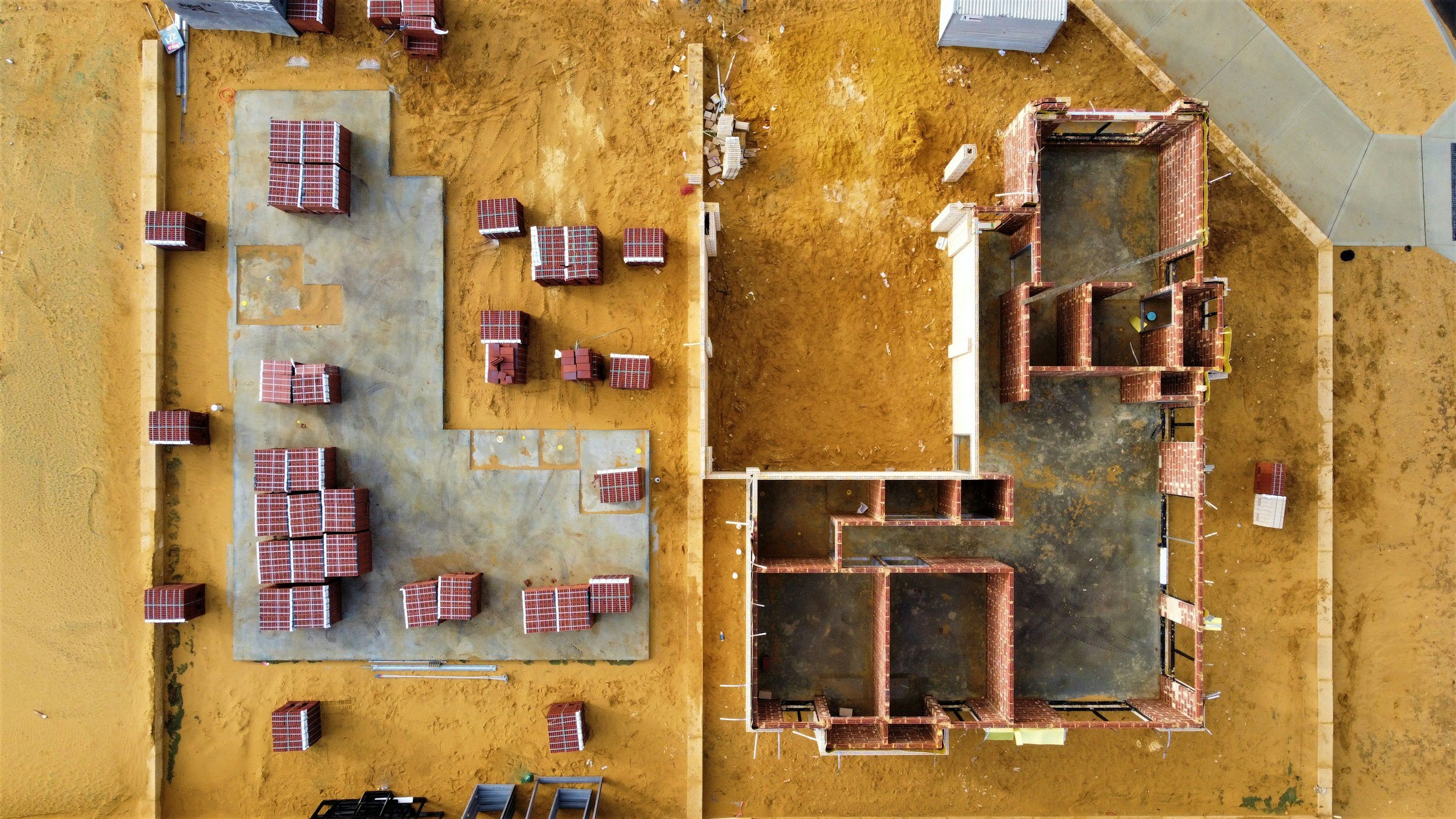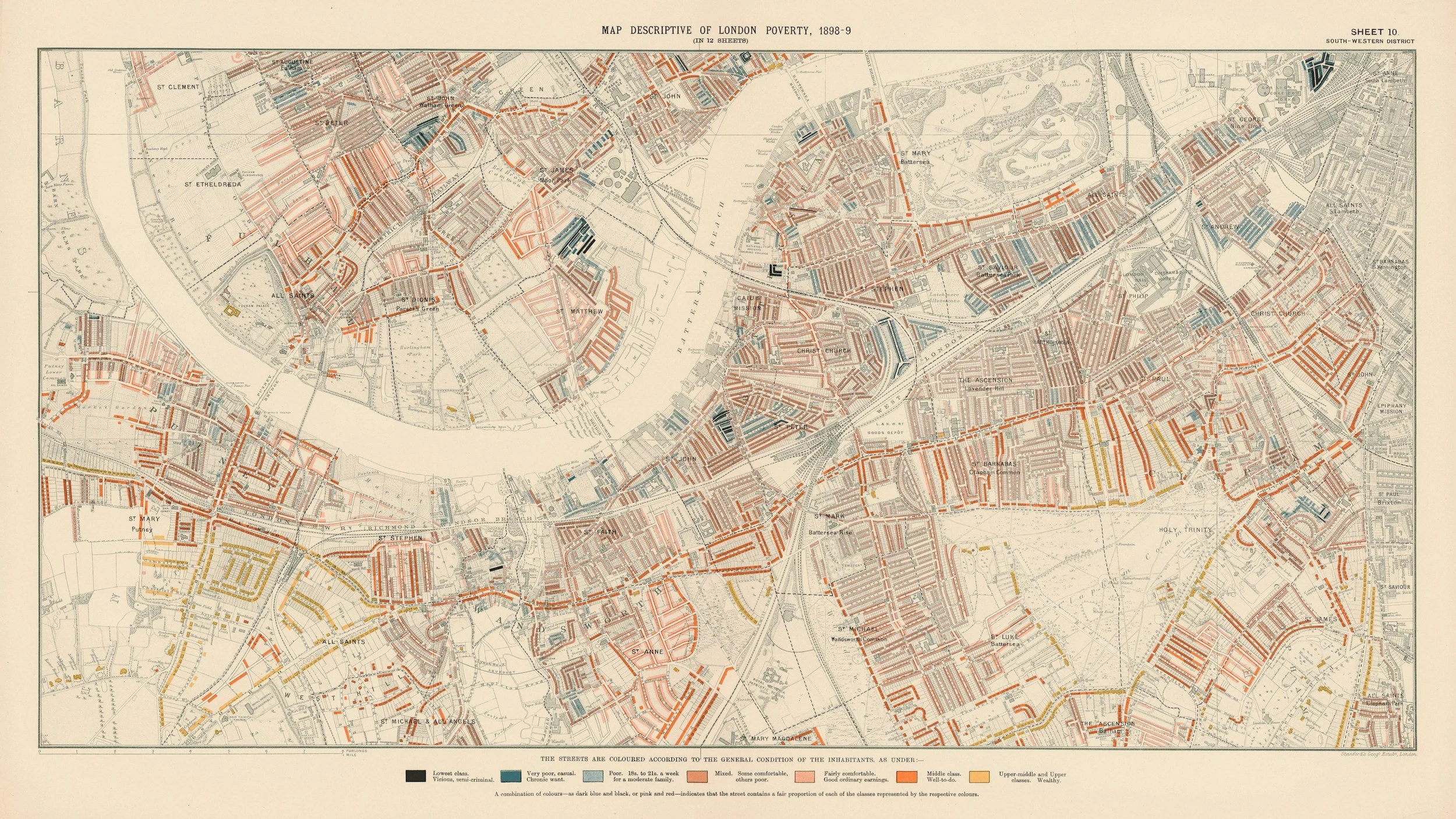1. What Is An Archaeological Desk-Based Assessment?
An Archaeological Desk-Based Assessment (DBA) is a detailed study of the known or potential archaeological remains within a development site and its surroundings. It brings together all available evidence — maps, records, previous excavations, and aerial imagery — to understand what might lie beneath the ground before any development begins.
It’s often required by planning authorities to determine whether archaeological remains might be affected by proposed works, and how best to manage that impact.
At European Archaeological Surveyors, we produce clear, comprehensive, and proportionate DBAs in line with:
Historic England’s Advice Note 17: Planning and Archaeology (HEAG 314)
CIfA Standard & Guidance for Archaeological Desk-Based Assessment (2020)
Local authority requirements (e.g. South Yorkshire Archaeology Service Standards, North Somerset Council guidance)
2. Why You Might Need A DBA
Planning authorities may request a DBA when there’s a chance that development could disturb archaeological remains, or when the site lies within a known area of archaeological potential.
Typical situations include:
New housing or infrastructure on greenfield or brownfield sites
Extensions or redevelopments in historic town centres
Environmental impact assessments for larger projects
Supporting information for planning, heritage statements, or Environmental Statements
Submitting a well-prepared DBA early in the process can:
Satisfy planning conditions and prevent delays
Help reduce or avoid the need for further archaeological work
Demonstrate compliance with NPPF Paragraph 208-215 and HEAG 314
Provide clarity and confidence for developers and local authorities alike
3. What We Cover – Our DBA Service
Every Desk-Based Assessment we produce is fully compliant with Historic England and CIfA standards, and tailored to your project.
A typical report includes:
Site location and geology: Maps, boundaries, and topography of the development area.
Planning and heritage context: Review of relevant designations (listed buildings, conservation areas, scheduled monuments).
Historic and archaeological background: Summary of known sites, previous investigations, and potential for new discoveries.
Sources consulted: Historic Environment Records (HER), aerial photos, LIDAR, cartographic archives, and online databases.
Assessment of significance and potential: Evaluation of archaeological importance within local and regional frameworks.
Impact analysis: How the proposed development might affect archaeological resources.
Recommendations: Next steps such as evaluation, trenching, mitigation, or no further action.
Each report is proportionate, clearly written, and formatted to be accepted by planning archaeologists across the UK.
4. Our Approach – How We Deliver Value
We combine archaeological expertise with planning insight to produce DBAs that are authoritative yet accessible.
Our process typically includes:
Initial consultation – Review of your planning requirements and site details.
Data collection – Retrieval of Historic Environment Records (HER), past reports, and environmental data.
Analysis and interpretation – Assessment of archaeological potential and likely significance.
Impact review – Identification of how the proposed works might affect known or potential remains.
Reporting and recommendations – Clear, policy-compliant conclusions, with practical next steps for your project.
Our work is guided by CIfA’s Standard and Guidance (2020) and HEAG 314, ensuring that every DBA meets professional and planning expectations.
We liaise directly with local authority archaeologists to secure acceptance quickly, keeping your project on schedule.
5. Frequently Asked Questions
Do I always need a DBA?
Not always. Your planning officer or local authority archaeologist will confirm if one is needed, usually when there’s potential for archaeology or the site is in a sensitive area.
Who can prepare a DBA?
A qualified archaeologist should prepare the assessment.
How long does it take?
Most DBAs are completed within 5–10 working days, depending on the site size and complexity. For urgent projects, we can offer an express service.
What does it cost?
We offer fixed-price quotes based on the site area and the depth of research required. Smaller developments are typically very affordable.
What happens after the DBA?
If the assessment identifies potential remains, we can prepare a Written Scheme of Investigation (WSI) or coordinate on-site evaluation to meet discharge planning conditions.
Get In Touch – Start Your DBA
If your local authority has requested a Desk-Based Assessment, or if you want to understand the archaeological potential of your site before applying for planning permission, European Archaeological Surveyors can help.




